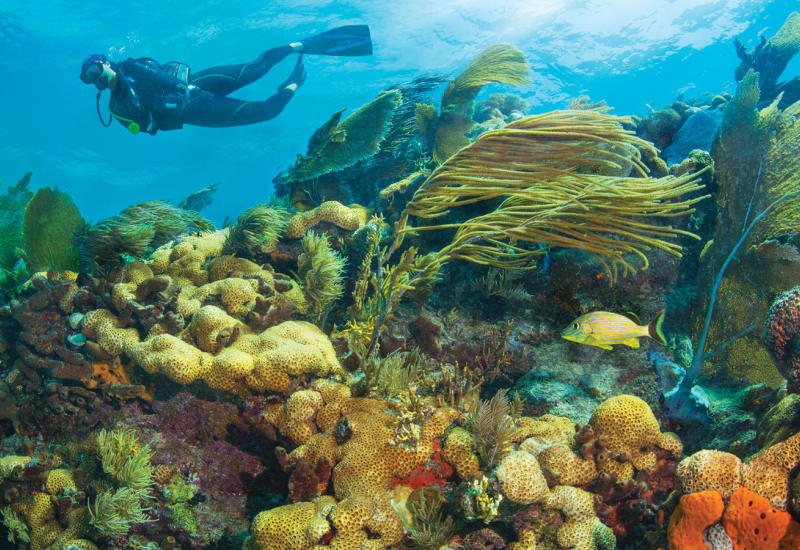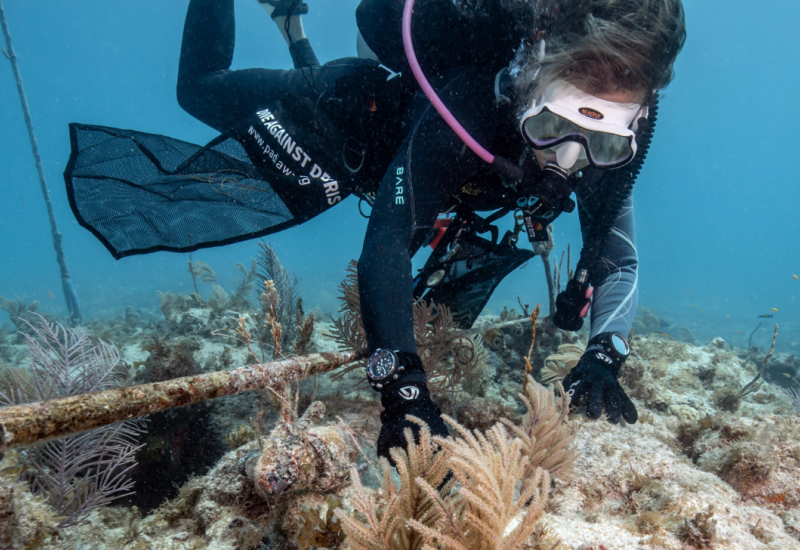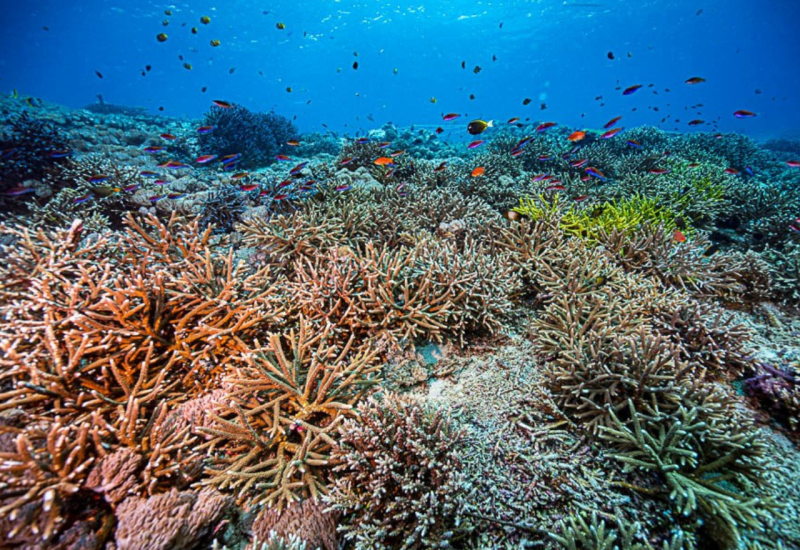Sharks and Mantas Hunted Illegally in Indonesia's Tanjung Luar Fishery
As the sun sheds its morning hues on Indonesia’s eastern Lombok beaches, rickety fishing boats creak up to a crowded shoreline. Villagers wait to offload the day’s catch, and the beach is soon lined with the bodies of sharks and manta rays. Men hook the carcasses onto bamboo poles, or cut them into pieces and carry them to the processing floor. It’s just another morning at Tanjung Luar (tan-joong LOO-ar), Indonesia’s shark and manta market.
While Indonesia’s national government declared the archipelago’s 2.3 million square miles a manta-protected zone — the world’s largest — local governments don’t enforce these protections.
The Tanjung Luar fishery is cited by global conservation agencies as a major contributor to the drastic declines in Indonesia’s shark and manta populations. “We have to keep leaning on the local government until they understand that not only does killing sharks and mantas hurt the waters, it also hurts any hope of tourism,” says Peter Bassett, head of Aquatic Alliance, an Indonesian conservation agency.
A manta ray fetches $365 as a one-of catch at the fishery, and a kilo (2 pounds) of shark fins brings in $200. A recent study led by WildAid, the Manta Trust and Shark Savers estimated that a single manta ray is worth an estimated $1 million in dive-tourism revenue over the course of its life. Indonesia is regarded as one of the world’s best destinations for shark and manta encounters.
As part of a long-term effort to collect critical data about the Tanjung Luar fishery, Bassett and Gili Eco Trust’s Delphine Robbe began Project Momentum, enlisting the help of locals to photograph and record the species being sold at Tanjung Luar. The conservationists then produced Saya Orang Indonesia (I Am Indonesia People), a documentary that emphasized ending shark and manta fishing. The documentary was shown at a press conference on east Lombok so local officials and fishermen could be educated.
The people of Tanjung Luar have long relied on the fishery — they do not cull the sharks and mantas for food, but rather to supply the Chinese market. “Through education, a true appreciation for the intrinsic value of their seas can be cultivated, along with the awareness of the need for management, preservation and protection,” says Bassett.
The documentary showed that the revenue generated at the Tanjung Luar fishery (roughly $200,000 annually from shark fishing alone) was not being reinvested locally, and that the development of industries such as aquaculture and tourism could lead to increased incomes for village residents.
Local conservationists are encouraged by the efforts of Kathy Xu, a local who founded the Dorsal Effect, an organization that seeks to transition shark and manta fishermen into shark and manta eco-tour guides. “There is greater incentive from tourism as long as I can get a critical-enough mass of boat-trippers,” says Xu. “Our vision is to have a regular stream of tourists on a daily basis in order to rotate the shark fishermen’s boats and ensure parity of earnings.”
Xu estimates the fishermen spend three weeks at sea to earn $500, which is divided among the captain and his crew of four. Working as a tour guide could bring $80 per boat trip.
Xu is also working to monetize local conservation efforts. “I’m exploring the possibility of getting the shark fishermen paid to tag sharks, and offering a shark-adoption program.”
It’s a small step toward ending the destructive practices, but Bassett is optimistic: “It’s a great starting point.”
HOW YOU CAN HELP:
Show your support for Aquatic Alliance (aquaticalliance.org) and Gili Eco Trust (giliecotrust.com) as a volunteer or by donating to either organization.
Sign an online petition for the Indonesian government to protect threatened species of sharks such as threshers and hammerheads. For updates, go to the Shark Savers’ website (sharksavers.org).
Sign up for progressive eco-tours such as manta, shark and beach tours through conservation-minded outfitters like the Dorsal Effect (thedorsaleffect.com).
Document illegal fishing of shark and manta species, and email the images, with specific details about where each of the animals was located, to Shark Savers ([email protected]).
Want More on Marine Conservation? We've Got you Covered.
Shark Savers: Divers Guide to Marine Life | Critical Mass | App Tracks Great White Sharks
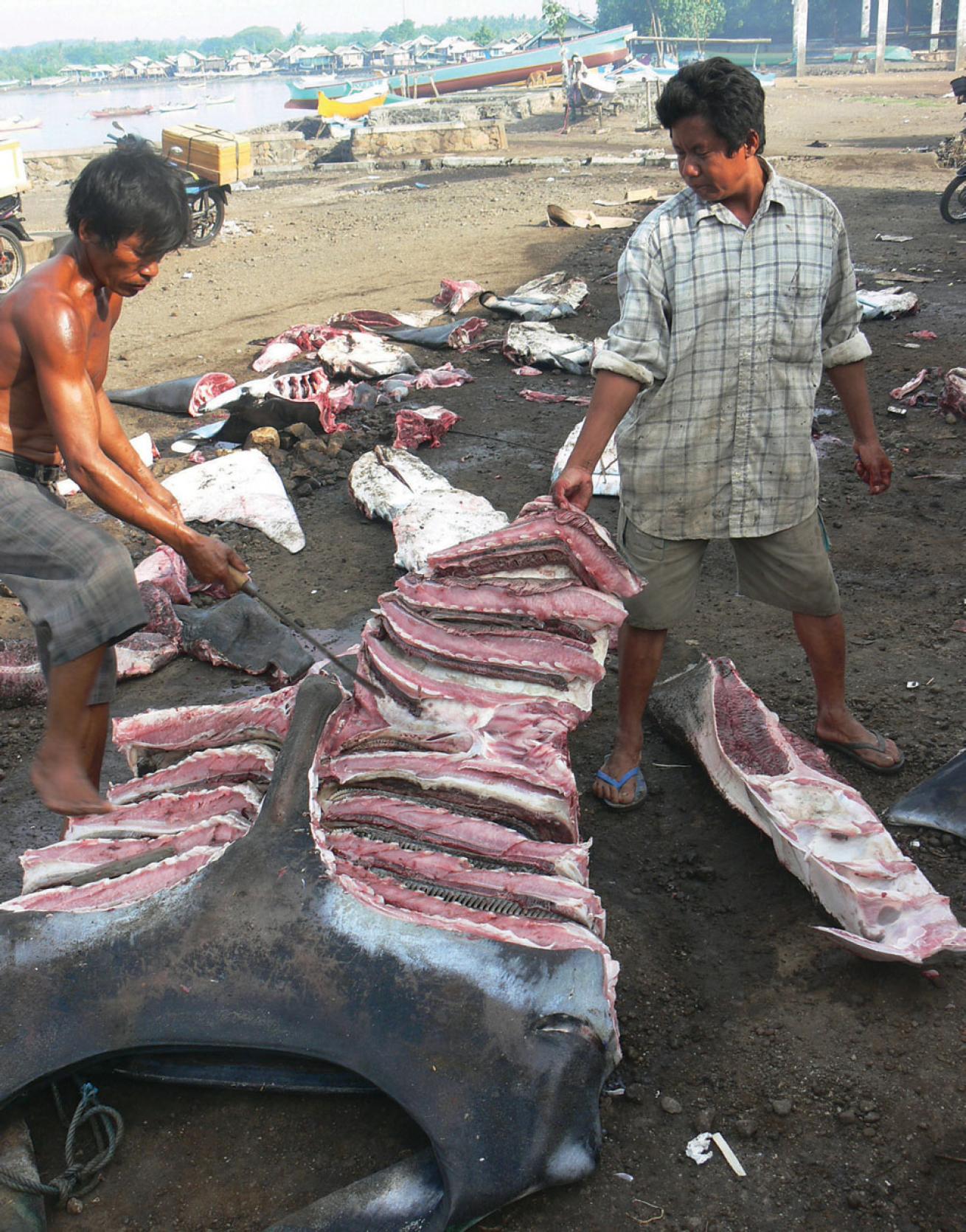
Sean Gallagher/ National Geographic StockVillagers at Indonesia’s Tanjung Luar fishery cut a manta to prepare it for sale.
As the sun sheds its morning hues on Indonesia’s eastern Lombok beaches, rickety fishing boats creak up to a crowded shoreline. Villagers wait to offload the day’s catch, and the beach is soon lined with the bodies of sharks and manta rays. Men hook the carcasses onto bamboo poles, or cut them into pieces and carry them to the processing floor. It’s just another morning at Tanjung Luar (tan-joong LOO-ar), Indonesia’s shark and manta market.
While Indonesia’s national government declared the archipelago’s 2.3 million square miles a manta-protected zone — the world’s largest — local governments don’t enforce these protections.
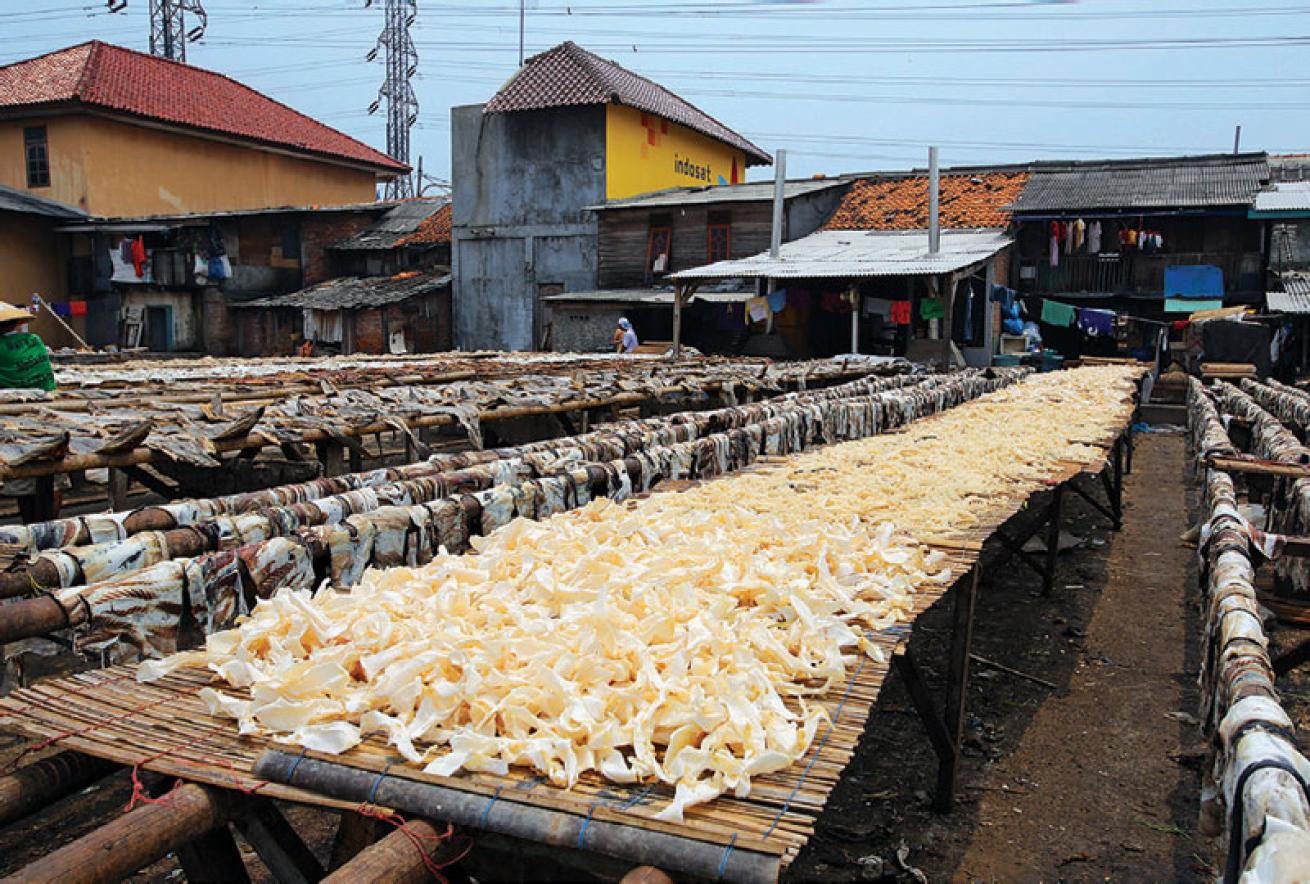
Roger Munns/Scubazoo/Getty ImagesShark bones dry in Jakarta.
The Tanjung Luar fishery is cited by global conservation agencies as a major contributor to the drastic declines in Indonesia’s shark and manta populations. “We have to keep leaning on the local government until they understand that not only does killing sharks and mantas hurt the waters, it also hurts any hope of tourism,” says Peter Bassett, head of Aquatic Alliance, an Indonesian conservation agency.
A manta ray fetches $365 as a one-of catch at the fishery, and a kilo (2 pounds) of shark fins brings in $200. A recent study led by WildAid, the Manta Trust and Shark Savers estimated that a single manta ray is worth an estimated $1 million in dive-tourism revenue over the course of its life. Indonesia is regarded as one of the world’s best destinations for shark and manta encounters.
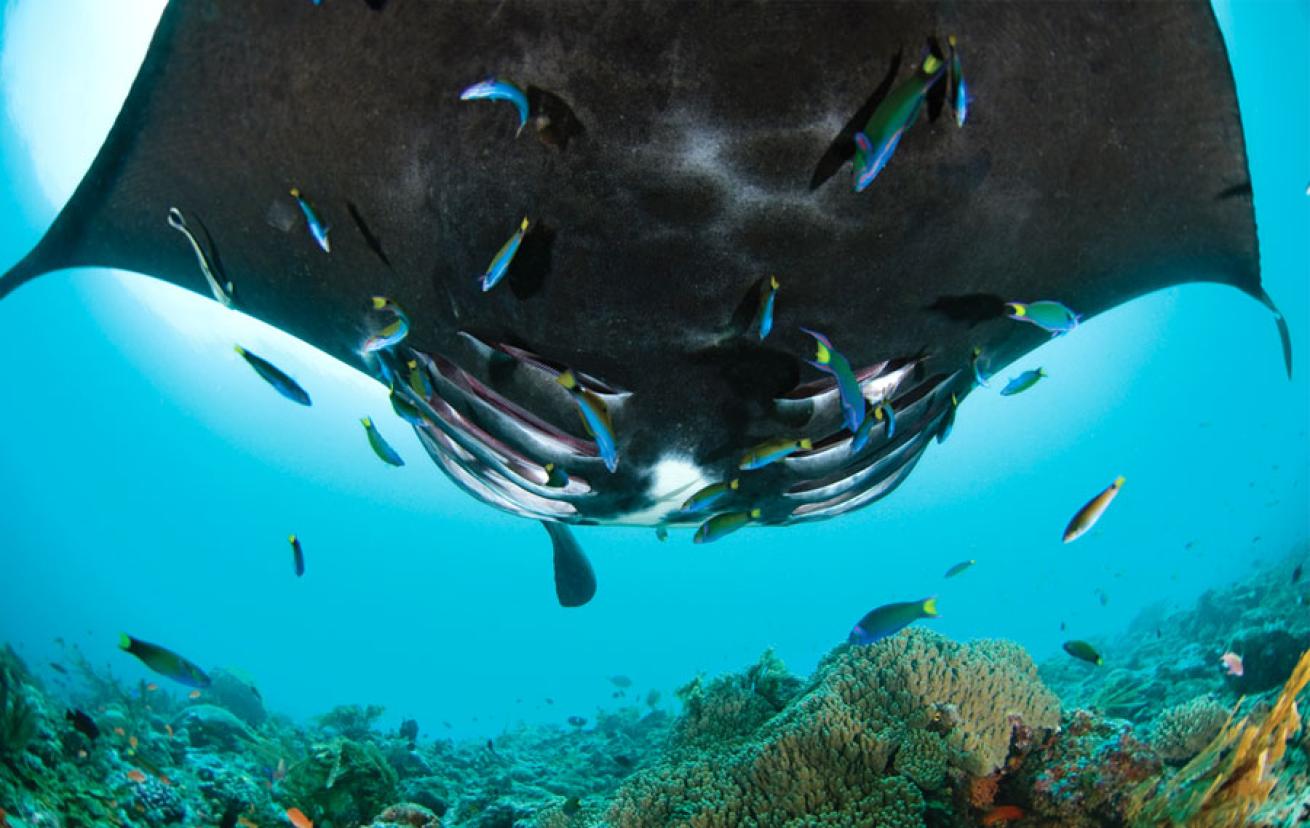
Courtesy Peter Bassett/ Aquatic AllianceA giant manta ray swims over a reef at Raja Ampat, Indonesia.
As part of a long-term effort to collect critical data about the Tanjung Luar fishery, Bassett and Gili Eco Trust’s Delphine Robbe began Project Momentum, enlisting the help of locals to photograph and record the species being sold at Tanjung Luar. The conservationists then produced Saya Orang Indonesia (I Am Indonesia People), a documentary that emphasized ending shark and manta fishing. The documentary was shown at a press conference on east Lombok so local officials and fishermen could be educated.
The people of Tanjung Luar have long relied on the fishery — they do not cull the sharks and mantas for food, but rather to supply the Chinese market. “Through education, a true appreciation for the intrinsic value of their seas can be cultivated, along with the awareness of the need for management, preservation and protection,” says Bassett.
The documentary showed that the revenue generated at the Tanjung Luar fishery (roughly $200,000 annually from shark fishing alone) was not being reinvested locally, and that the development of industries such as aquaculture and tourism could lead to increased incomes for village residents.
Local conservationists are encouraged by the efforts of Kathy Xu, a local who founded the Dorsal Effect, an organization that seeks to transition shark and manta fishermen into shark and manta eco-tour guides. “There is greater incentive from tourism as long as I can get a critical-enough mass of boat-trippers,” says Xu. “Our vision is to have a regular stream of tourists on a daily basis in order to rotate the shark fishermen’s boats and ensure parity of earnings.”
Xu estimates the fishermen spend three weeks at sea to earn $500, which is divided among the captain and his crew of four. Working as a tour guide could bring $80 per boat trip.
Xu is also working to monetize local conservation efforts. “I’m exploring the possibility of getting the shark fishermen paid to tag sharks, and offering a shark-adoption program.”
It’s a small step toward ending the destructive practices, but Bassett is optimistic: “It’s a great starting point.”
HOW YOU CAN HELP:
Show your support for Aquatic Alliance (aquaticalliance.org) and Gili Eco Trust (giliecotrust.com) as a volunteer or by donating to either organization.
Sign an online petition for the Indonesian government to protect threatened species of sharks such as threshers and hammerheads. For updates, go to the Shark Savers’ website (sharksavers.org).
Sign up for progressive eco-tours such as manta, shark and beach tours through conservation-minded outfitters like the Dorsal Effect (thedorsaleffect.com).
Document illegal fishing of shark and manta species, and email the images, with specific details about where each of the animals was located, to Shark Savers ([email protected]).
Want More on Marine Conservation? We've Got you Covered.
Shark Savers: Divers Guide to Marine Life | Critical Mass | App Tracks Great White Sharks

